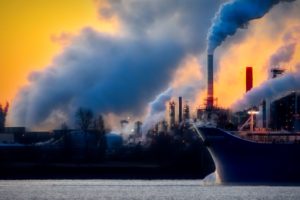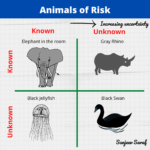OSHA is currently working on regulation for preventing dust explosions.
The first reported dust explosion was in 1890 in a sugar mill in Chicago. According to the CSB investigation, dust explosion has resulted in 130 deaths and 780 injuries since 1980. According to Combustible Dust Institute research of news reports, there were 200+ dust fires and explosions in the United States in 2008 alone. Following the 2006 recommendations from the Chemical Safety Board (CSB) to regulate “dust”, OSHA started investigating if the available dust explosion standards are adequate. After the 2008 sugar-dust explosion that killed 14 workers, OSHA has decided to regulate dust explosion.
A dispersed cloud of dust in a confined space when ignited can lead to an explosion. A major problem is workers are not aware of the hazard or they do not always know the dusts that can explode. Because dust explosions are manifestation of dust properties and confined space where the dust is released. Dust comes as fine particles, chips, flakes made up of metals, wood, grains, foams, plastics, rubber, pharmaceutical drugs, coal, flour, or sugar.
There are existing NFPA standards aimed at dust explosions but the compliance is not mandated. It will interesting to see how OSHA approaches dust regulations.







2 Responses
does anyone have information about frequenncy of coal dust explosion. How often it happens compared to number of plants handeling coal.
There have been a number of dust explosions in coal-fired energy plants. The 2006 CSB Dust Hazard Study incident spreadsheet has a few listed from 1980-2005. Additionally, the NAICS for coal-fired energy plants is listed a D-1 in the OSHA ComDust NEP, which translates to a high consequence/high probability in the risk analysis framework.
The PRB Coal Users Group http://www.prbcoals.com/ would be an excellent source for specific information.